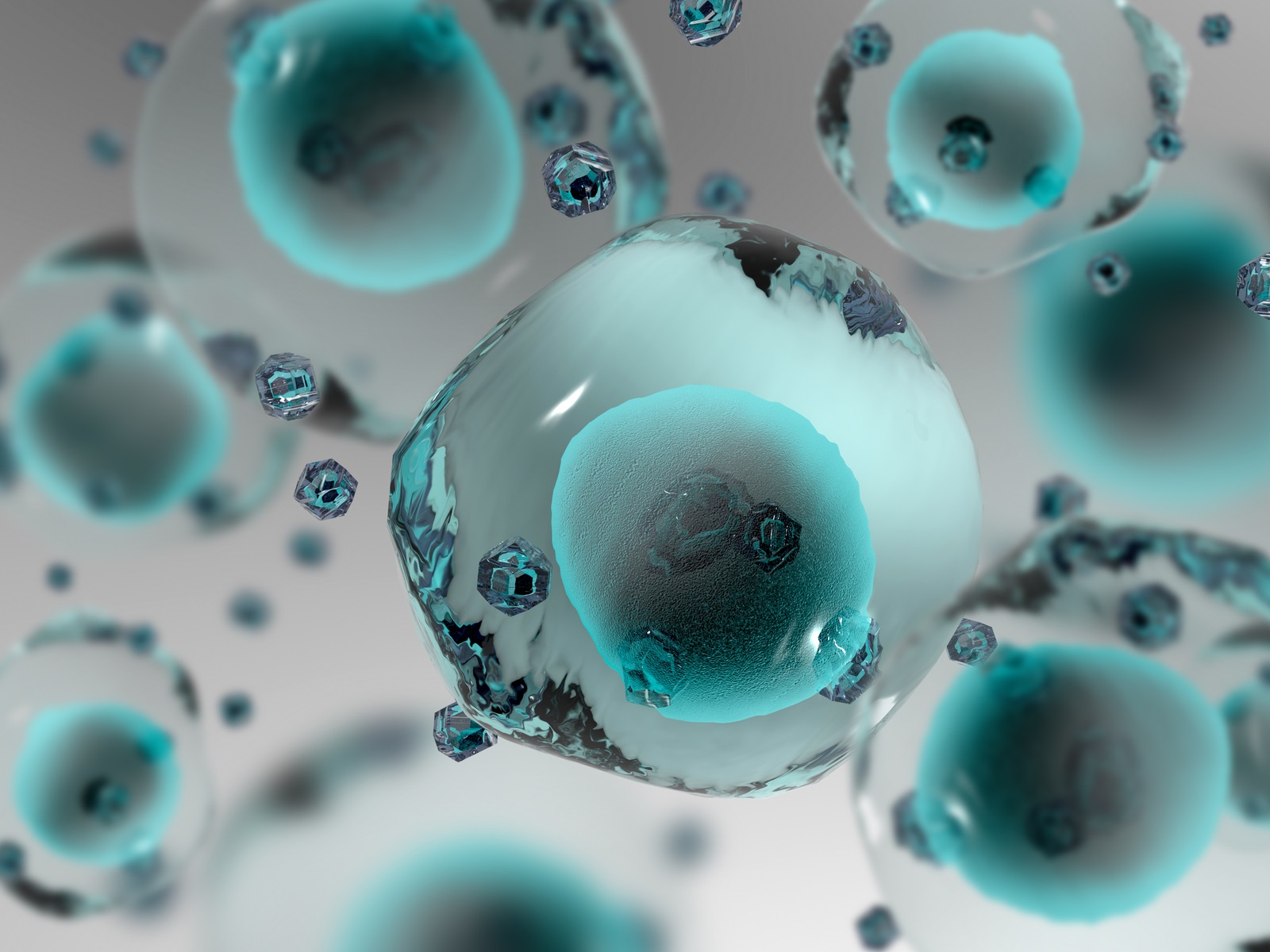Written by Prof. Michela Matteoli
Glioblastoma multiforme is a very aggressive brain cancer with very few cases of complete cure and eradication is profoundly difficult. The innovative approach of nanotechnology could prove crucial. Research on nanoparticles has started since the 80s and 90s. Today, we have several nanoparticles approved for the diagnosis and therapy of certain cancers and others are currently in the final stage of clinical testing for the treatment of some solid tumors. Could nanoparticles against glioblastoma be the future of this therapy?
Glioblastoma and the problem of relapses
As explained by Professor Michela Matteoli, Head of the Neuroscience Program at Humanitas Hospital, the main problem of glioblastoma is that inevitably relapse occurs, even after surgical removal and treatment with radiotherapy and chemotherapy. Since the tissue surrounding the tumor is the location for 90% of relapses, it is believed that the cause of relapses can be an infiltration of healthy tissue by tumor cells that “run away” from the tumor mass and affect the healthy brain tissue. In such cases, the healthy tissue is not differentiated from the tumor cells, giving cause to the tumors reformation.
Treatment with high doses of chemotherapy is needed, however, it bombards the healthy cells with heavy adverse effects. The whole process is further complicated by the presence of the blood-brain barrier that protects the brain and prevents the entry of external substances. If this barrier is fundamental to health and the protector of the brain, then on the other hand, it creates a problem by restricting the entry of drugs into the organ.
What next? The role of nanoparticles
Nanoparticles can be functionalized or chemically programmed to recognize cancer cells and to accommodate drugs into them: they are like little guided bullets that, once inserted into the body, look for molecules for which they were developed to recognize. Once they recognize the molecules only present in the tumor cells and target them, they give way to the two main benefits of this approach. The drug is absorbed only by cancer cells while preserving healthy cells and therefore its concentration is local, targeted and higher, making it more effective.
This mechanism can be applied both in the therapy phase, for the purpose of administering drugs, as well as in early diagnosis. The nanoparticles that recognize the cancer cells can be loaded with tracers that allow them and their movement to be displayed, thanks to imaging and magnetic resonance techniques.
The goal of the project
In collaboration with a group of chemists at the University of Bologna, synthesized polymeric nanoparticles composed of copoly lactic acid / glycolic acidpolyethilen glycol (PLGA) were designed. The nanoparticles were functionalized with a peptide (chlorotoxin, extract of scorpion venom) able to recognize metalloproteases, which are enzymes produced by cancer cells capable of degrading the extracellular matrix (a network of proteins in which the cells are immersed) and by facilitating the mobility of the same cells, thus favoring the formation of metastases.
Nanoparticles, however, must go up to the tumor and must cross the blood-brain barrier. In the case of glioblastoma, the barrier is more permeable in the tumor area and thus the nanoparticles are able to cross it. On the contrary, the isolated cells that permeate the healthy tissue are more difficult to track down and attack, because the barrier surrounding healthy tissue is inaccessible and therefore protects them. This is the main cause for relapse in adjacent tissue after a tumor has been removed.
Radiation therapy associated with nanoparticles
A study, conducted in the Neurocenter at Humanitas by Matteo Tamborini and Lorraine Passon, supported by the Giancarla Vollaro Foundation and published on January 8th in the prestigious American journal ACS Nano, has been associated with preclinical models that administer nanoparticles during the treatment of radiation therapy and is already foreseen in the protocol for treating glioblastoma. In fact, radiotherapy increases the permeability of the blood brain barrier, even with a single dose of radiation and this could allow the nanoparticles to proceed up to the isolated cells. “In order to “see” where the nanoparticles are localized – explains the professor – we have filled them with silver, which can be viewed by microscopy and we discovered that by increasing radiation, the permeability of the barrier is increased and the nanoparticles penetrate both the isolated tumor mass and infiltrated parenchyma cells, all while leaving the healthy tissue intact and preserved.”
“In addition – continues the professor – we have also seen that radiation not only increases the permeability of the barrier, but intensifies the expression of the target molecules, recognized by chlorotoxin. In this way, the nanoparticles are able to identify their target more easily.”
“Our results – explains Professor Matteoli – have shown that the combination of nanoparticles and radiation therapy, in preclinical models, has a significant effect on tumor size. If this occurs with silver, which has only a moderate toxicity, we expect that by loading the nanoparticles with chemotherapy drugs, the results will be of great importance.”
“We are very pleased with these results, which fit very well into the border issues at the Neurocenter at Humanitas Hospital” comments Prof. Matteoli. “The Neurosurgical Oncology Unit at Humanitas is widely recognized internationally for the surgical treatment of glioblastoma; the active collaboration between the preclinical and clinical research within the Neurocenter will lead to the achievement of further milestones in the context of treatment of this type of brain tumor.”
-
3,400 Physicians
-
110,400 Annual surgeries
-
190,400 Annual Inpatient Admissions
-
928,000 Patients



